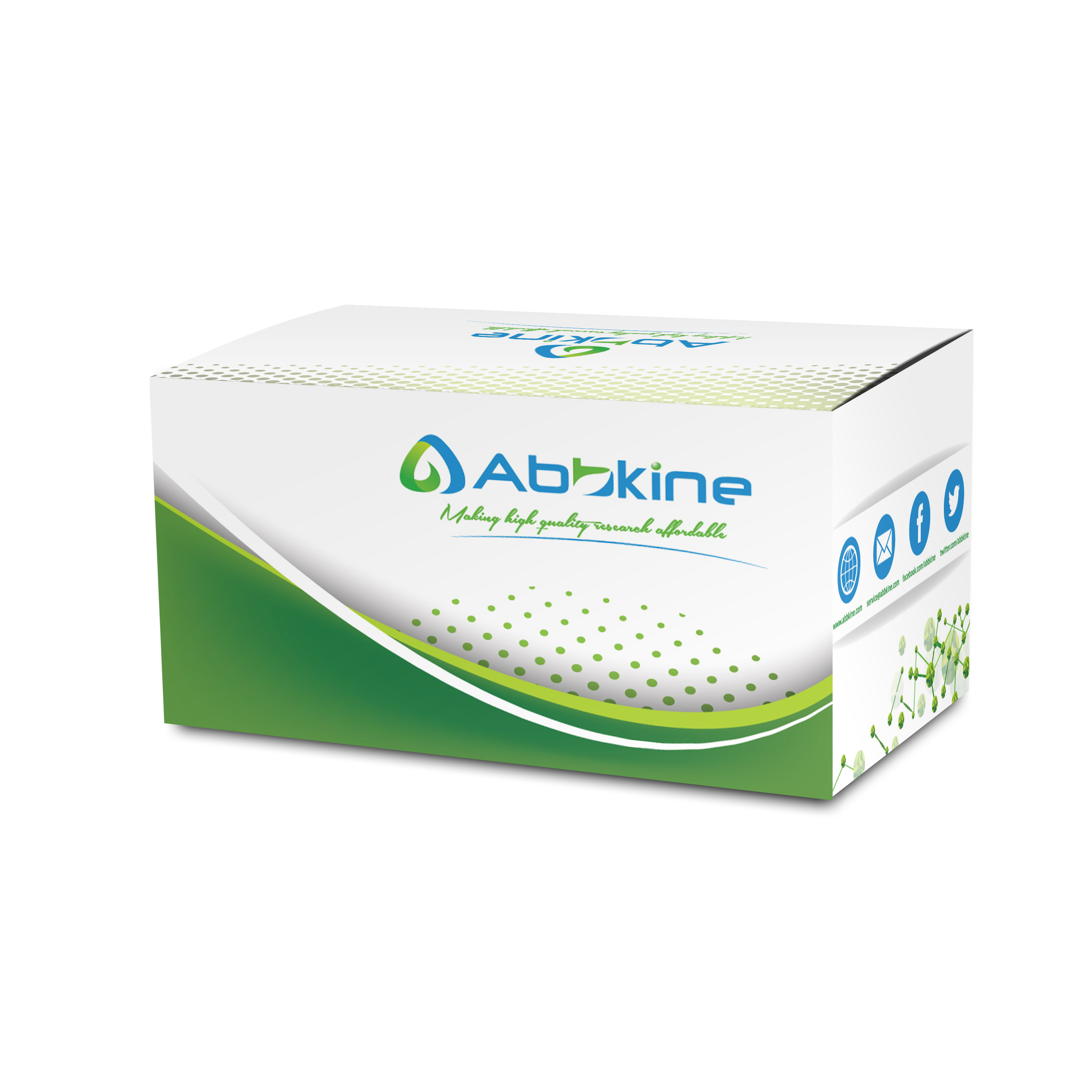| Product name | Annexin V-EGFP/PI Apoptosis Detection kit |
| Applications notes | Abbkine Annexin V-EGFP/PI Apoptosis Detection kit contains Annexin V labeled with EGFP, which allows the identification and quantitation of apoptotic cells by flow cytometry or fluorescence microscopy. Simultaneous staining of cells with EGFP and propidium iodide (PI) allows the discrimination of intact cells, early apoptotic and late apoptotic or necrotic cells. |
| Alternative | Annexin 5; Annexin V; EGFP |
| Kit components | • Annexin V Binding Buffer (5×) • Annexin V-EGFP • Propidium Iodide (PI) • Apoptosis Inducer A •Apoptosis Inducer B |
| Features & Benefits | • Standardized. Exclude the uncertainty factor of the experiment with positive control. • Better fluorescence intensity and photostability; • Suitable for flow cytometry or fluorescence microscopy |
| Storage instructions | Stable for at least 12 months at -20°C from date of shipment. Protect from light. |
| Shipping | Gel pack with blue ice. |
| Precautions | The product listed herein is for research use only and is not intended for use in human or clinical diagnosis. Suggested applications of our products are not recommendations to use our products in violation of any patent or as a license. We cannot be responsible for patent infringements or other violations that may occur with the use of this product. |
| Background | Apoptosis is a form of programmed cell death to remove unwanted, damaged, or senescent cells from tissues. In normal cells, the negative phospholipids reside on the inner side of the cellular membrane while the outer surface of the membrane is occupied by uncharged phospholipids (PS). After a cell has entered apoptosis, the negatively charged PS are transported from the inner to the outer leaflet of the plasma membrane, thus exposing PS to the external cellular environment. The human anticoagulant, Annexin V, is a 35–36 kDa Ca2+-dependent phospholipid-binding protein that has a high affinity for PS. Annexin V labeled with a fluorophore or biotin can identify apoptotic cells by binding to PS exposed on the outer leaflet. Propidium iodide (PI) is a membrane-impermeant DNA-binding dye that is commonly used to selectively stain dead cells in a cell population. PI is excluded by live cells and early apoptotic cells, but stains necrotic and late apoptotic cells with compromised membrane integrity. PI can be excited by the 488, 532, or 546 nm laser lines, and emits red fluorescence. |
| Alternative | Annexin 5; Annexin V; EGFP |

Fig.Annexin V-EGFP/PI Apoptosis Detection kit
Author:Sun, Yuankun, et al. Publication name:Advanced Science IF:14.3
Author:Shi, Yang, et al. Publication name:Redox Biology IF:11.900
Author:Li, Yun-Cheng, et al Publication name:Foods IF:5.2
You must be logged in to post a review.
Reviews
There are no reviews yet.